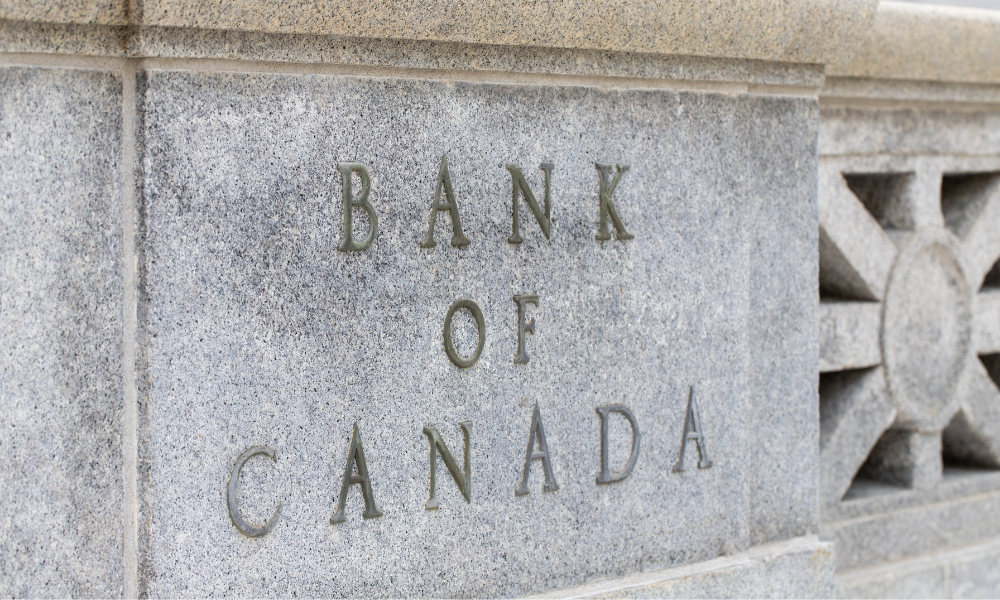Industry experts at AGF and Lipper look ahead to the rest of the year's challenges and opportunities

With the first half of 2023 having provided some relief from the volatile equities and bond markets of 2022, what is ahead for the remainder of the year?
The key concerns about interest rates and inflation don’t appear to be going anywhere in the near term but with markets pricing in these for some time ahead, plus keeping one eye on the chance of recession in local and/or global markets, how can investors best prepare for what may be incoming?
Mid-year updates from industry analysts at Lipper and investment experts at AGF consider some of themes ahead.
Stick with 60/40?
Lipper asks the big question of whether 60/40 portfolios are still valid for diversification given that both equities and bonds both declined in 2022 with equities impacted by inflation and interest rate rises (to tackle inflation) then impacting bonds. It’s rare but, as we’ve seen, not impossible for the correlation between stocks and bonds to be positive.
“When stocks and bonds move in the same direction, it’s only painful when they are both on the decline,” said Said Lipper’s head of research Tom Roseen. “The bull market in bonds over the last 40 years – prior to the most recent tightening cycle – led to both stocks and bonds often rising at the same time, with positive correlations benefitting investors.”
Roseen adds that the likelihood that we see another positive correlation between the two components of a 60/40 portfolio and that this is downwards, is low. It’s only happened four times in the past 35 years.
With signs of inflation easing and bond yields rising to their highest in 14 years, Roseen says that portfolio diversification still works but an individual investors’ risk tolerance could mean that it could be 60/40 but it could be 80/20 or even 20/80.
But he is clear that bonds and other diversifications can provide the hedge required if things become challenging for equities.
Equities market
As part of AGF’s mid-year outlook, CEO and chief investment officer Kevin McCreadie questions whether equities are currently in a bull market, despite the technical definition for a 20% rise since the S&P500’s October 2022 low.
“Beyond the handful of names driving the S&P 500 higher, the index is basically flat,” he notes. “If economic data starts to soften and the Fed doesn’t start cutting rates like many expect it to do, then it’s very likely that the index trades lower.”
He says there could be a significant drop especially if or when the US enters recession, and the Fed begins to cut rates.
For the record, McCreadie believes that recession in both the US and Canada seems inevitable but could be some months in the future. For now, he thinks holding more cash than he would have suggested at the start of 2023 and taking a neutral position on fixed income.
On whether investors should favour value or growth stocks, Lipper’s head of EMEA research, Detlef Glow, says that it can be hard to get the timing right even with intensive research.
“Therefore, the best way to leverage changing market trends regarding value and growth investing might be to simply choose the investment style that fits the needs of the respective investor best for the core of the portfolio and allocate the other style in the satellite portion of the portfolio,” he concluded.
What about China?
Another important question is what China’s economic rebound will look like.
Lipper’s position is that there should be some momentum as China’s economy begins to grow, relative to some other major markets in Asia Pacific.
However, India and Vietnam are also considered to have high potential with India now more populous that China and having a faster growing economy than many peers, while Vietnam is viewed as an alternative manufacturing base to China.
Emerging markets are also seen as having potential by AGF’s McCreadie.
“Emerging Markets ex-China has held in relatively well and may have some momentum,” he wrote in the mid-year outlook. “Countries that are part of this investment region have generally managed their currencies and their deficits well.”
He concludes that, as well as recession, continued tightening by central banks could be a risk in the months ahead, especially if investors are expecting rate cuts.



